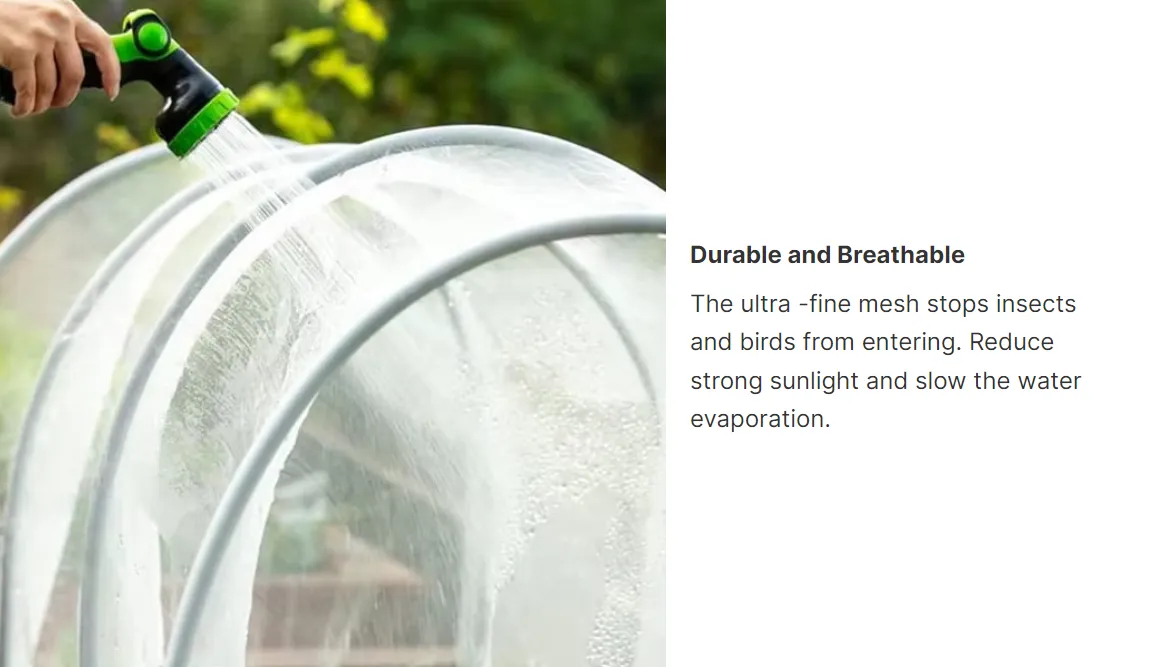-
 Afrikaans
Afrikaans -
 Albanian
Albanian -
 Amharic
Amharic -
 Arabic
Arabic -
 Armenian
Armenian -
 Azerbaijani
Azerbaijani -
 Basque
Basque -
 Belarusian
Belarusian -
 Bengali
Bengali -
 Bosnian
Bosnian -
 Bulgarian
Bulgarian -
 Catalan
Catalan -
 Cebuano
Cebuano -
 China
China -
 Corsican
Corsican -
 Croatian
Croatian -
 Czech
Czech -
 Danish
Danish -
 Dutch
Dutch -
 English
English -
 Esperanto
Esperanto -
 Estonian
Estonian -
 Finnish
Finnish -
 French
French -
 Frisian
Frisian -
 Galician
Galician -
 Georgian
Georgian -
 German
German -
 Greek
Greek -
 Gujarati
Gujarati -
 Haitian Creole
Haitian Creole -
 hausa
hausa -
 hawaiian
hawaiian -
 Hebrew
Hebrew -
 Hindi
Hindi -
 Miao
Miao -
 Hungarian
Hungarian -
 Icelandic
Icelandic -
 igbo
igbo -
 Indonesian
Indonesian -
 irish
irish -
 Italian
Italian -
 Japanese
Japanese -
 Javanese
Javanese -
 Kannada
Kannada -
 kazakh
kazakh -
 Khmer
Khmer -
 Rwandese
Rwandese -
 Korean
Korean -
 Kurdish
Kurdish -
 Kyrgyz
Kyrgyz -
 Lao
Lao -
 Latin
Latin -
 Latvian
Latvian -
 Lithuanian
Lithuanian -
 Luxembourgish
Luxembourgish -
 Macedonian
Macedonian -
 Malgashi
Malgashi -
 Malay
Malay -
 Malayalam
Malayalam -
 Maltese
Maltese -
 Maori
Maori -
 Marathi
Marathi -
 Mongolian
Mongolian -
 Myanmar
Myanmar -
 Nepali
Nepali -
 Norwegian
Norwegian -
 Norwegian
Norwegian -
 Occitan
Occitan -
 Pashto
Pashto -
 Persian
Persian -
 Polish
Polish -
 Portuguese
Portuguese -
 Punjabi
Punjabi -
 Romanian
Romanian -
 Russian
Russian -
 Samoan
Samoan -
 Scottish Gaelic
Scottish Gaelic -
 Serbian
Serbian -
 Sesotho
Sesotho -
 Shona
Shona -
 Sindhi
Sindhi -
 Sinhala
Sinhala -
 Slovak
Slovak -
 Slovenian
Slovenian -
 Somali
Somali -
 Spanish
Spanish -
 Sundanese
Sundanese -
 Swahili
Swahili -
 Swedish
Swedish -
 Tagalog
Tagalog -
 Tajik
Tajik -
 Tamil
Tamil -
 Tatar
Tatar -
 Telugu
Telugu -
 Thai
Thai -
 Turkish
Turkish -
 Turkmen
Turkmen -
 Ukrainian
Ukrainian -
 Urdu
Urdu -
 Uighur
Uighur -
 Uzbek
Uzbek -
 Vietnamese
Vietnamese -
 Welsh
Welsh -
 Bantu
Bantu -
 Yiddish
Yiddish -
 Yoruba
Yoruba -
 Zulu
Zulu
Agricultural Mesh & Insect Nets for Crop Protection Premium Quality
- Overview of agricultural protective solutions
- Technical advantages in material engineering
- Performance comparison: Top 5 manufacturers
- Custom design parameters for specific crops
- Case study: Yield improvement metrics
- Installation best practices
- Future trends in crop protection

(agricultural mesh)
Essential Protection for Modern Farming Operations
Contemporary agriculture requires precision-engineered solutions like agricultural mesh
systems to balance crop protection with environmental factors. Global market data reveals a 12.7% CAGR growth for agricultural netting solutions since 2020, driven by increasing pest resistance and climate volatility.
Technical Superiority in Material Science
Advanced polymer blends now deliver 40% greater tensile strength compared to traditional polyethylene nets. Key innovations include:
- UV-stabilized formulations lasting 5-8 seasons
- Anti-dust coatings maintaining 92% light transmission
- Reinforced selvage edges with triple-stitching
Manufacturer Performance Benchmarking
| Brand | Material | Durability (Years) | Price/Sqm ($) | Coverage Capacity |
|---|---|---|---|---|
| AgroShield Pro | HDPE + UV9 | 7 | 1.45 | 5000m²/roll |
| GreenCrop Net | LDPE + AntiStatic | 5 | 1.20 | 4000m²/roll |
Customization for Specialty Crops
Optimal mesh configurations vary significantly by crop type:
- Berries: 25-30 mesh/cm² with 15% shading
- Leafy greens: 40-50 mesh/cm² full coverage
- Orchards: 12-18 mesh/cm² + windbreak
Documented Success in Diverse Climates
A Kenyan tomato farm achieved 37% yield increase using 32 mesh/cm² insect barriers. Spanish vineyards reduced pesticide use by 63% through combined shade and insect net installations.
Professional Installation Guidelines
Proper tensioning (8-12 kg/cm²) and pole spacing (4-6m intervals) prove critical for structural integrity. Annual maintenance inspections reduce premature failure by 81%.
Sustainable Future of Agricultural Mesh Systems
Emerging agricultural net technologies integrate biodegradable polymers and smart sensors, positioning these solutions as fundamental components in climate-resilient farming. Current R&D focuses on 100% recyclable materials achieving commercial viability by 2026.

(agricultural mesh)
FAQS on agricultural mesh
Q: What is the primary use of agricultural mesh?
A: Agricultural mesh is primarily used to protect crops from pests, birds, and harsh weather. It creates a physical barrier while allowing air, light, and water to pass through. This makes it ideal for sustainable farming practices.
Q: How does agricultural insect netting differ from regular mesh?
A: Agricultural insect netting has finer woven holes to block even tiny pests like aphids or thrips. It’s often treated with UV-resistant materials for durability. Regular mesh may lack these specialized features.
Q: Can agricultural netting be used in all climates?
A: Yes, high-quality agricultural netting is designed to withstand extreme temperatures, humidity, and UV exposure. However, mesh density and material should be chosen based on regional pest and weather conditions.
Q: What are the benefits of using HDPE agricultural nets?
A: HDPE agricultural nets are lightweight, corrosion-resistant, and eco-friendly. They provide long-lasting protection without harming crops or soil. Their flexibility also simplifies installation over varied structures.
Q: How do I select the right agricultural mesh for my crops?
A: Consider crop type, local pest threats, and environmental factors. For example, use finer insect nets for leafy greens and thicker mesh for windbreaks. Always verify UV stabilization and tear resistance ratings.
-
Shipping Plastic Bags for Every NeedNewsJul.24,2025
-
Safety Netting: Your Shield in ConstructionNewsJul.24,2025
-
Plastic Mesh Netting for Everyday UseNewsJul.24,2025
-
Nylon Netting for Every UseNewsJul.24,2025
-
Mesh Breeder Box for Fish TanksNewsJul.24,2025
-
Expanded Steel Mesh Offers Durable VersatilityNewsJul.24,2025











